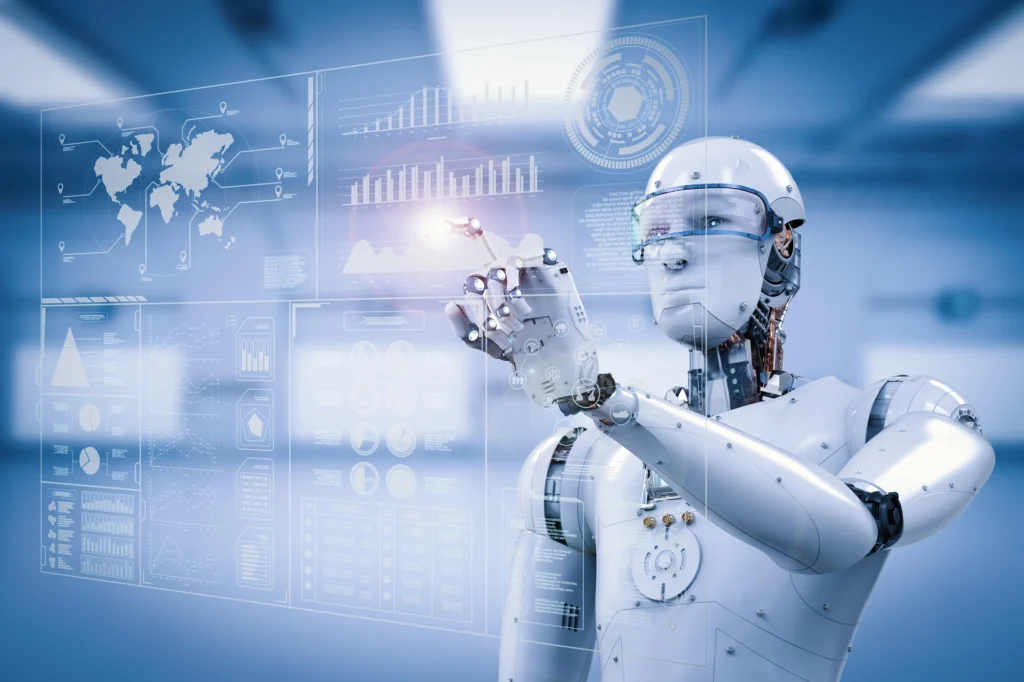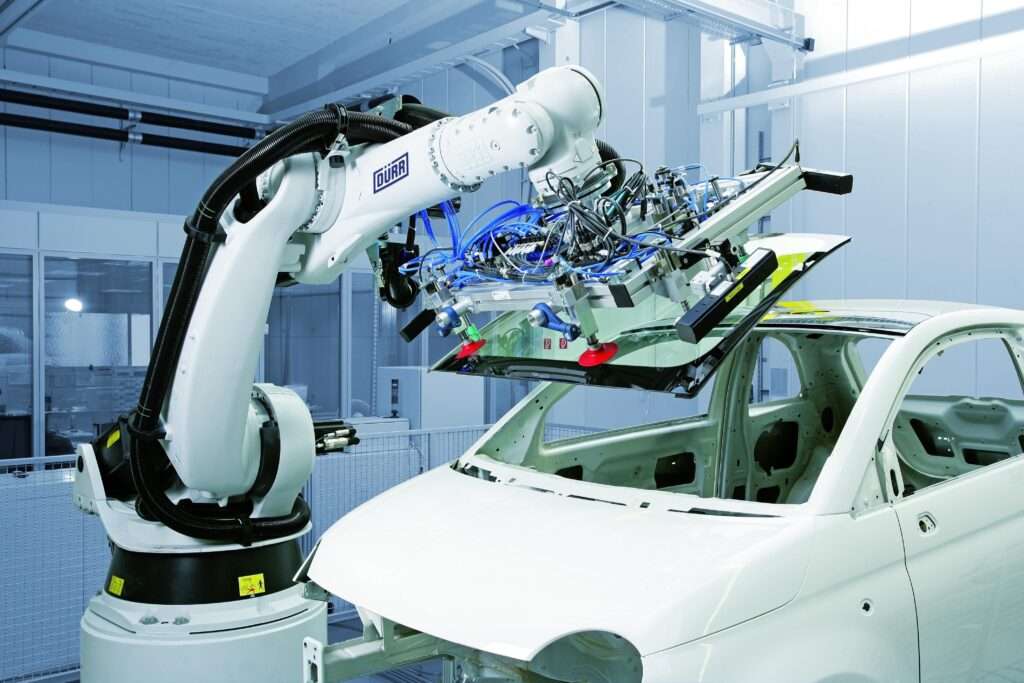Robotics & Automation
Explore the opportunities and challenges that Robotics offer in this current world and develop insights into exciting advancements in Automations.
OUR VISION
Stepping out of factories robots are all set to be a part of our day today activities so that human beings can switch from mundane tasks to intelligent jobs. We’re building world-class solutions to problems which humans face on a day to day basis in hazardous, unsafe, inefficient, repetitive scenarios. Hence we’re helping humans to stay safe; comfortable & save time to be more creative.
Our solutions provide the customers a competitive advantage. We have expertise in designing and developing customized solutions to meet your specific requirements to maximize your profit, maintain quality, and reduce risk and to support your research.

Why Gpmbs Robotics?
Gpmbs Solutions is a fairly small, flexible electronics and technology focused firm that offers circuit design, embedded programming, robotics, home automation and various other products. We work flexibly with clients to fulfil their design needs.
The training methodology is simple and easy to understand, and the personalized attention given to the participants enables them to learn better, faster and more efficiently.
Robotics is increasingly being considered as the fourth “R” of learning, “Reading, wRriting and aRithmatic” that modern-day students must understand to succeed in a highly competitive, technology-driven world. Robotics helps students develop an intuitive understanding of physical concepts in science and math
The role of automation & robotics in the automotive industry

Today’s industrial robots work in a wide range of industries, from semiconductors and automobiles to plastics processing and metal forging. Pretty much any repetitive operation is a great job for a robot, particularly if it’s dangerous or difficult for humans. Robots have been used for high-volume operations, but as the technology advances and costs declines, more options and opportunities are opening even for medium- and small-sized operations. At the same time, these robots are helping manufacturers address many of the key challenges they face, including tight labour pools, global market competitiveness and safety.
Automobile manufacturing robots give car companies a competitive advantage. This is due to the fact that robotics enhance quality and reduce warranty costs; boost capacity and relieve bottlenecks; and protect workers from dirty, difficult and dangerous jobs. Usually, auto assembly factories use robots exclusively for spot welding and painting, but there are also several other opportunities to use robots throughout the supply chain. Using robotics benefit OEMs, Tier 1s and all other part producers in the car manufacturing industry.
Generally, manufacturers turn to robots for various reasons. Three biggest drivers in the automotive industry are quality, capacity and safety.

Robotics Test Automation for Retail & Banking
- There are multiple type of hardware to deal with Around 50 POS softwares are in the market, leading software won’t run in Windows/Android !
- Hard to replicate real-world scenarios using conventional methods or manual testers
- PCI Compliances - Lack of automation tools/ popular tools dose not offer complete automation
- POS has numerous interface with In-house & 3rd party systems such as Gift cards
What is Your Benefit?
- 70 % Reduction in Regression Cycle Time
- 25 % Increase in Total Test coverage
- 40 % Reduction in Regression Testing Cost

Advantages of industrial robots
- Better quality and consistency: Along with other tech — such as the industrial internet of things (IIoT) or 3D printing robots — industrial robots are able to provide better production quality and more precise and reliable processes. Additionally, benefits also include reduced cycle times and real-time monitoring to improve preventive maintenance practices.
- Maximum productivity and throughput: An industrial robot increases speed for manufacturing processes, in part by operating 24/7. Unlike humans, robots do not need any break or shift changes. The speed and dependability of robots ultimately reduce the cycle time and maximise throughput.
- Greater safety: Using robots for repetitive tasks means fewer risks of injury for workers, especially when manufacturing has to take place under hostile conditions. There is no need for human presence at the site as supervisors can oversee the process online or from a remote location.
- Lower investment in labour costs: The cost of having a person handle many manufacturing operations is often more expensive than robot. Deploying robots instead of human resource can free up workers so their skills and expertise can be used in other spheres such as engineering, programming and maintenance.
- Keeping manufacturing open to jobs: There is an argument that robots are taking jobs away from U.S. workers, but that’s not necessarily true. Industrial robots in the US are usually integrated into a series of operations that require human expertise. For instance, you may deploy a robot for welding parts which are then handed over to a person to perform a task that requires a human’s intuitive “if, then” thinking.
- Robotics enables learner to develop and express creativity
- Robotics develops the ability to work collaboratively in teams

Schedule a meeting
Build, deliver, monitor, and scale your robotics applications on top of a state-of-the-art platform.
